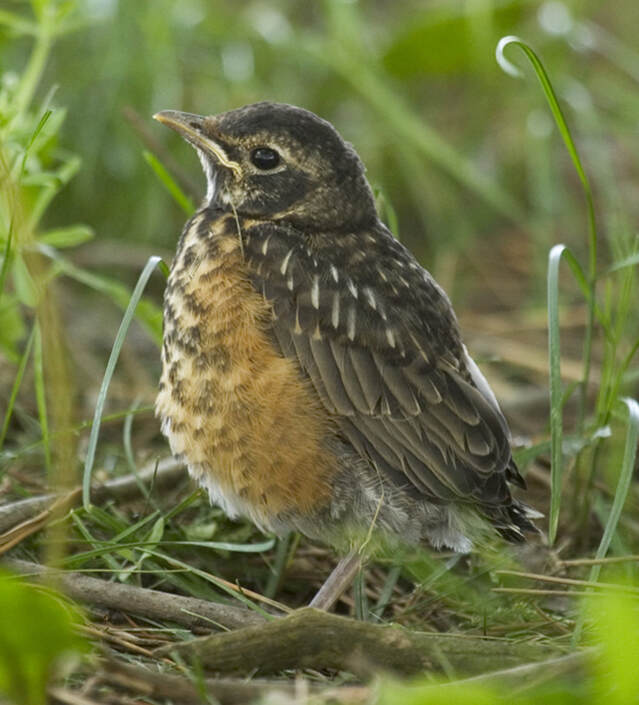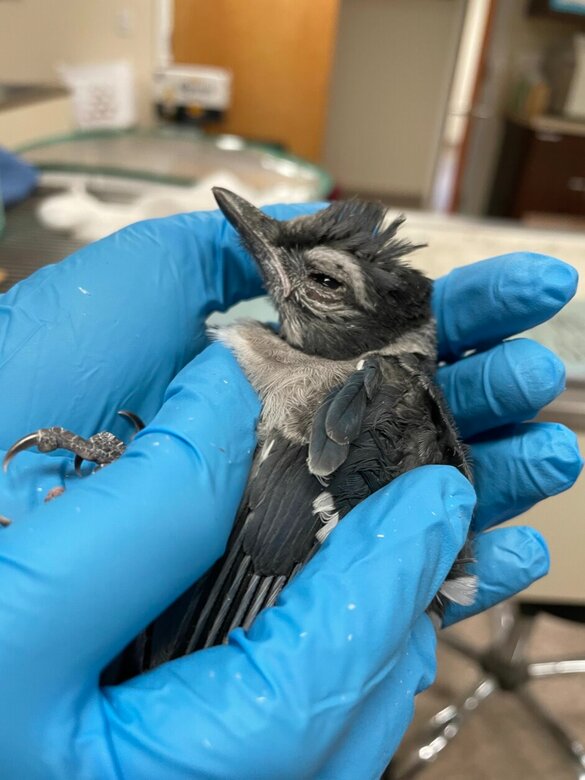Enjoying our Blogs?Your support helps BSBO continue to develop and deliver educational content throughout the year.
|
|
Information provided by Chris Sheley, Wild Birds Unlimited, Columbus, Ohio and Ohio Department of Natural Resources We are seeing a number of articles popping up in social media feeds and local news outlets about a novel avian disease and bird mortality event. As of now, we don't know how prevalent this illness is in Ohio or the cause of it. We want you to be as informed as possible and know that we are tracking developments closely. What we know so far
Precautionary Measures Until we have a better understanding of what is causing the illness and how it spreads we can take some precautionary measures. Below are some healthy bird feeding tips:
What to do if you find a sick or dead bird
Thank you for doing your part to care for birds!
6 Comments
|
AuthorsBSBO Staff Archives
February 2024
Categories |


 RSS Feed
RSS Feed